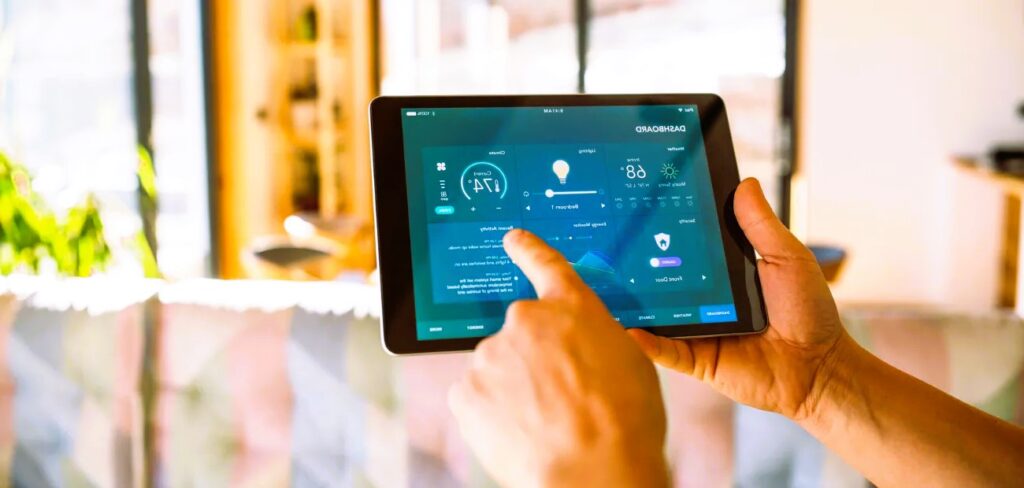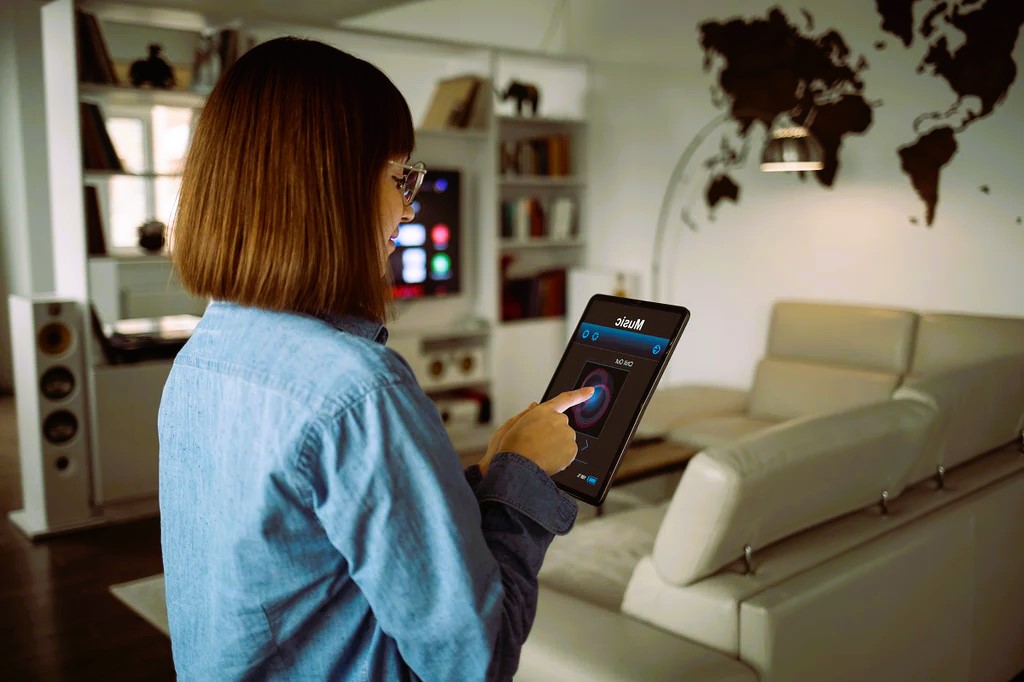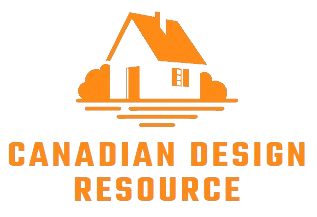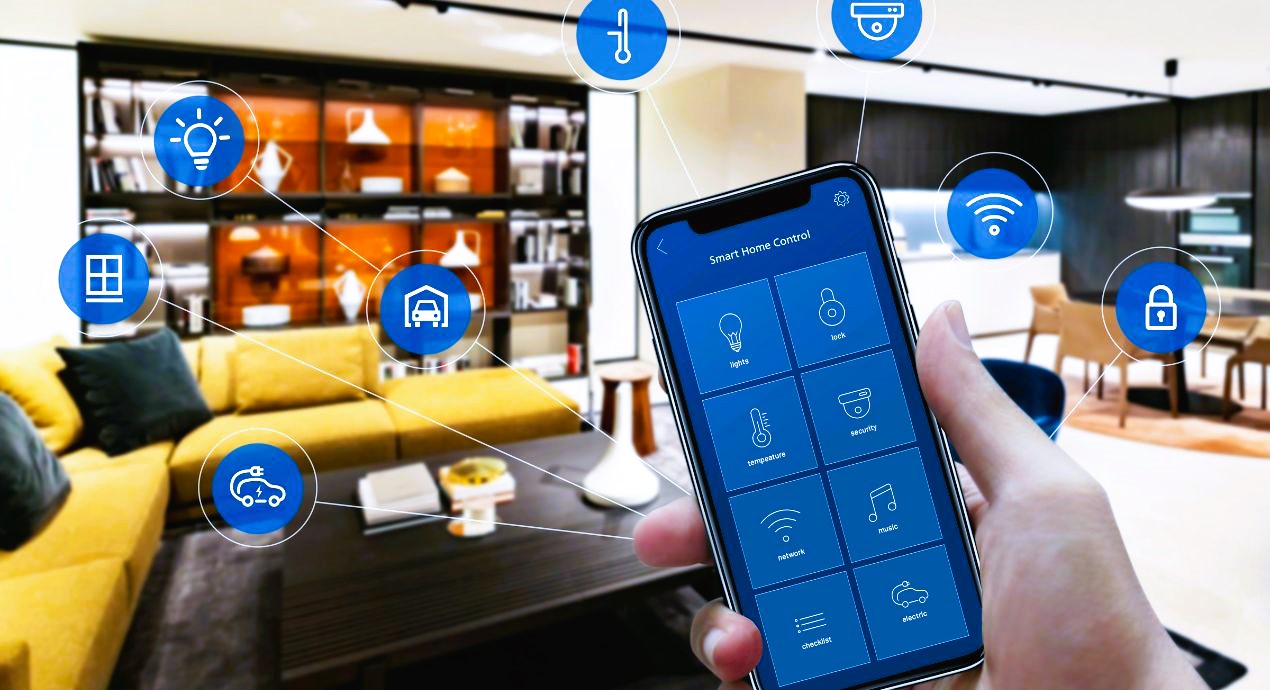In the age of digital innovation, the concept of the “smart home” has emerged as a transformative force in residential living. Smart home technology leverages connectivity, automation, and artificial intelligence to enhance convenience, comfort, and security for homeowners. From automated lighting and thermostats to voice-controlled assistants and remote monitoring systems, the integration of smart devices into the home environment promises to revolutionize the way we live. In this article, we delve into the evolution of smart home technology, explore its myriad applications, and examine the benefits of embracing a connected lifestyle.
Evolution of Smart Home Technology
The roots of smart home technology can be traced back to the early 20th century with the invention of household appliances such as refrigerators, washing machines, and vacuum cleaners. However, it wasn’t until the advent of the internet and wireless communication technologies that the concept of the smart home began to take shape. The proliferation of smartphones, Wi-Fi networks, and affordable sensors paved the way for the development of interconnected devices capable of communicating and collaborating to automate various aspects of home management.
Key Components of Smart Home Systems

- Connected Devices: Smart home systems consist of a diverse array of connected devices, ranging from thermostats and door locks to cameras and entertainment systems. These devices are equipped with sensors, processors, and communication interfaces that enable them to interact with each other and with the homeowner via smartphone apps or voice commands.
- Centralized Control Hub: Many smart home systems include a centralized control hub that serves as the brain of the operation. The control hub communicates with connected devices, processes commands, and coordinates automation routines. Popular control hubs include smart speakers with built-in virtual assistants such as Amazon Alexa or Google Assistant, as well as dedicated smart home controllers from companies like Samsung SmartThings or Apple HomeKit. Create a home office, read our design tips for productivity and comfort.
- Mobile Apps and Voice Assistants: Smart home devices are typically controlled via mobile apps or voice commands issued to virtual assistants. Mobile apps allow users to monitor and control their smart devices remotely, adjust settings, and create automation rules. Voice assistants add an additional layer of convenience, allowing users to control their smart home devices using natural language commands.
- Automation and Integration: One of the key benefits of smart home technology is its ability to automate routine tasks and integrate disparate systems for seamless operation. Homeowners can create automation routines, or “scenes,” that trigger predefined actions based on specific conditions or events. For example, a “Good Morning” scene might turn on the lights, adjust the thermostat, and play music when the homeowner wakes up.
Applications of Smart Home Technology
- Home Security: Smart home technology enhances home security through features such as video surveillance, motion detection, and smart locks. Homeowners can monitor their property in real-time, receive alerts about suspicious activity, and remotely control access to their home.
- Energy Management: Smart thermostats, lighting controls, and energy monitoring systems help homeowners optimize energy usage and reduce utility bills. By automating heating and cooling schedules, adjusting lighting levels based on occupancy, and identifying energy-wasting appliances, smart home technology promotes energy efficiency and sustainability.
- Convenience and Comfort: Smart home technology streamlines everyday tasks and enhances convenience and comfort for homeowners. From voice-controlled lighting and entertainment systems to automated window shades and appliance scheduling, smart devices make it easier to manage household chores and routines.
- Health and Wellness: Smart home technology can also support health and wellness goals by monitoring environmental conditions, tracking activity levels, and facilitating remote healthcare. Devices such as smart scales, sleep trackers, and air quality monitors provide insights into personal health metrics and help users make informed lifestyle choices.
Benefits of Smart Home Technology
- Convenience: Smart home technology simplifies daily routines and eliminates manual tasks, saving time and effort for homeowners.
- Energy Efficiency: By optimizing energy usage and reducing waste, smart home technology helps lower utility bills and minimize environmental impact.
- Security and Peace of Mind: Smart home security features provide added protection against intruders, fire, and other emergencies, giving homeowners peace of mind when away from home.
- Customization and Control: Smart home systems offer flexibility and customization options, allowing homeowners to tailor their environment to suit their preferences and lifestyle.
Future Trends and Considerations

As smart home technology continues to evolve, we can expect to see advancements in areas such as artificial intelligence, voice recognition, and interoperability. Interconnected ecosystems of smart devices will enable more seamless integration and automation, while advances in machine learning algorithms will enable predictive analytics and personalized experiences. However, as the adoption of smart home technology grows, concerns about data privacy, cybersecurity, and interoperability standards will become increasingly important considerations for homeowners and manufacturers alike.
Conclusion
Smart home technology represents a paradigm shift in residential living, offering unprecedented levels of convenience, comfort, and control. From enhanced security and energy efficiency to personalized automation and remote monitoring, the benefits of embracing a connected lifestyle are undeniable. As smart home devices become more affordable, accessible, and intelligent, the future of residential living promises to be smarter, safer, and more sustainable than ever before.
For more information on smart home technology and best practices, visit Wikipedia’s Smart Home Page.
Remember, the key to unlocking the full potential of smart home technology lies in embracing innovation, staying informed, and prioritizing the needs and preferences of homeowners.




